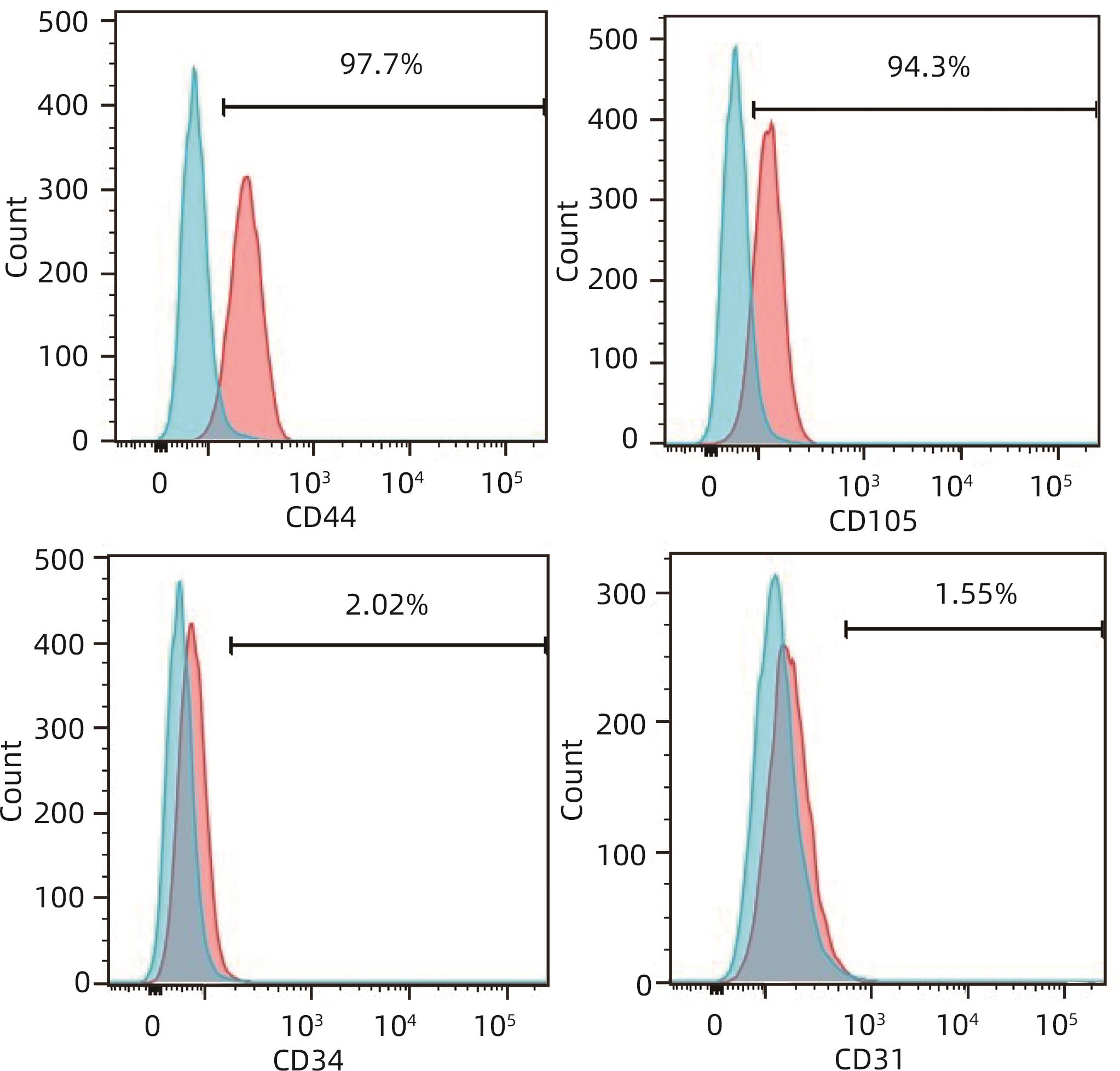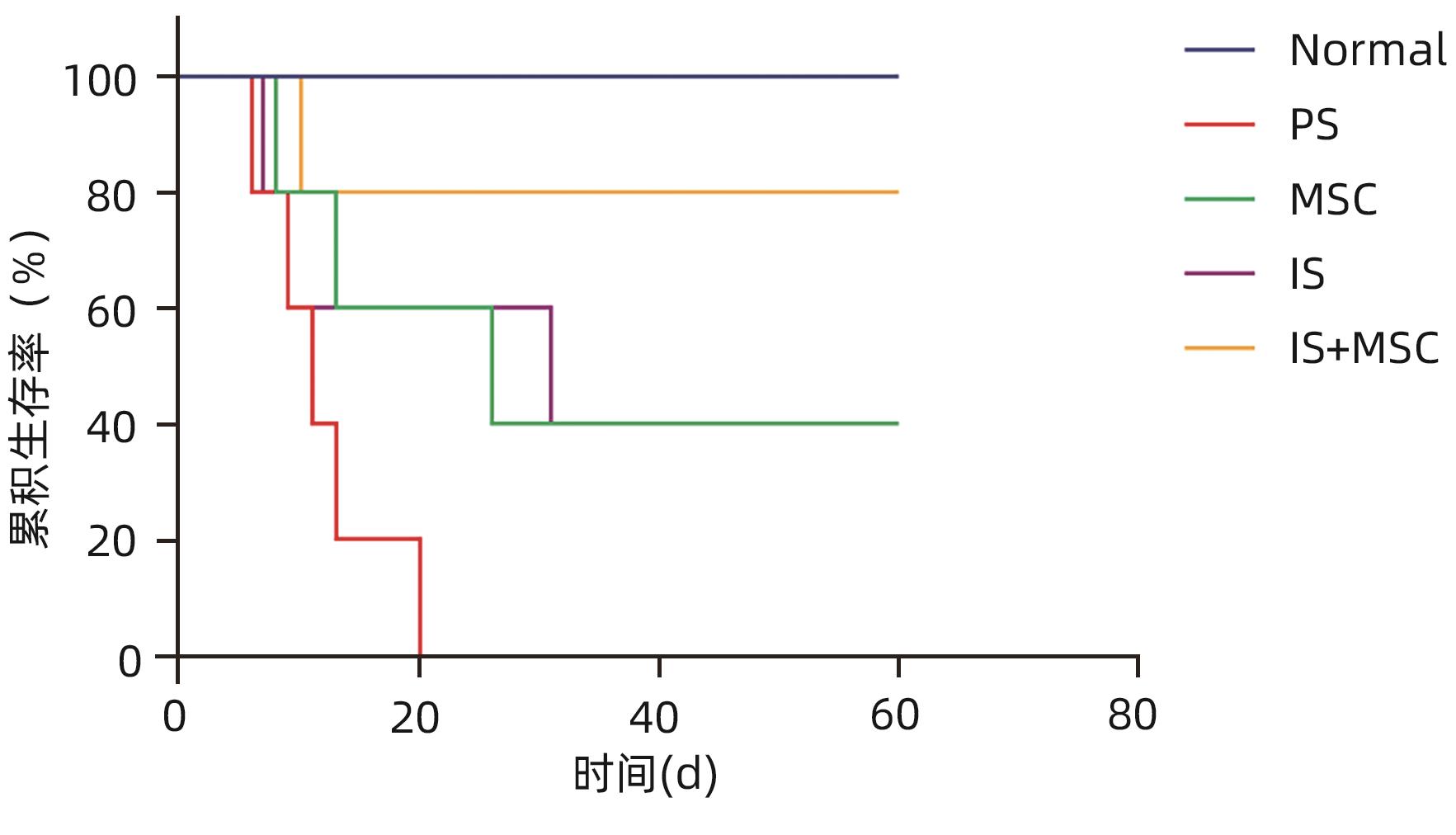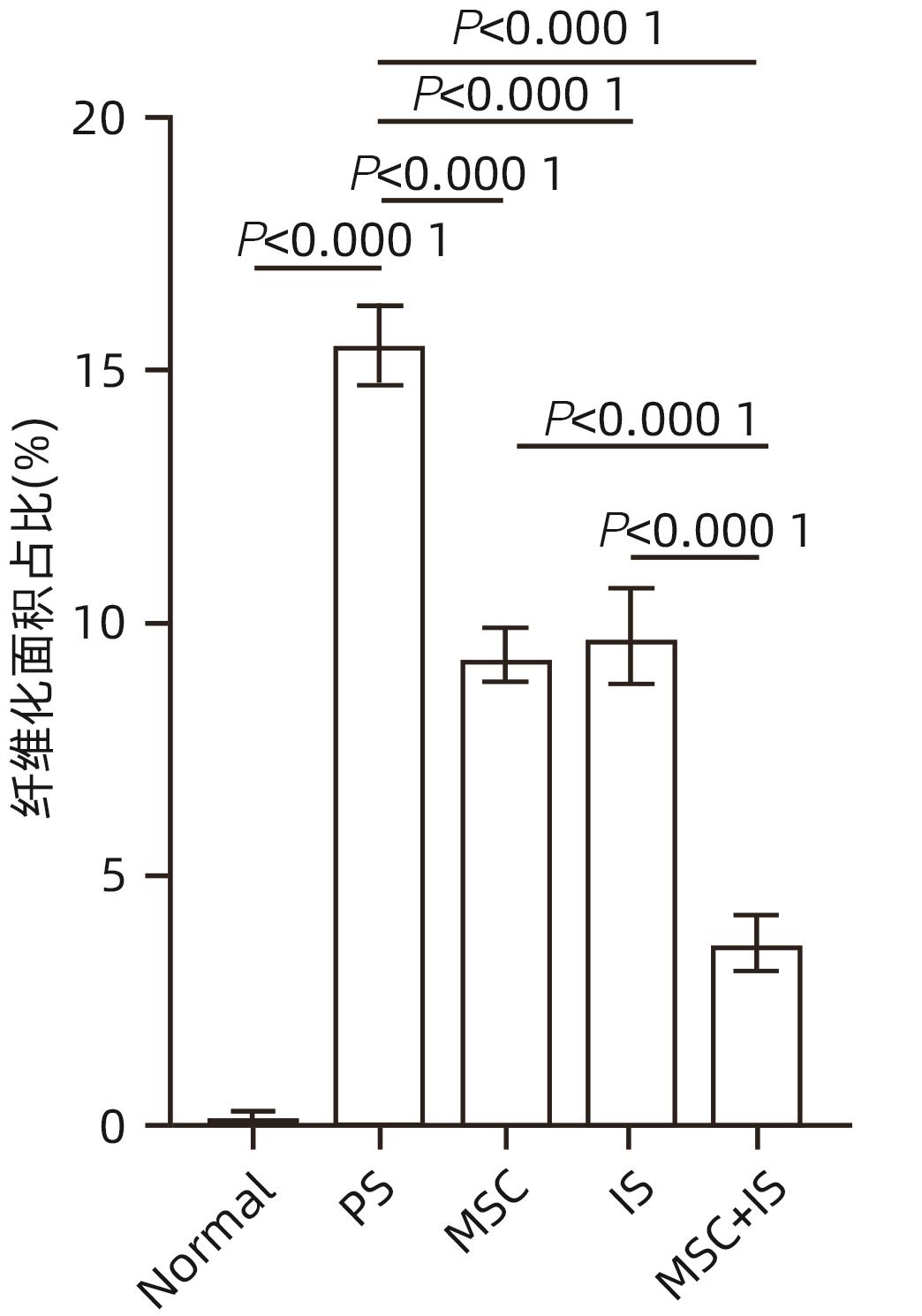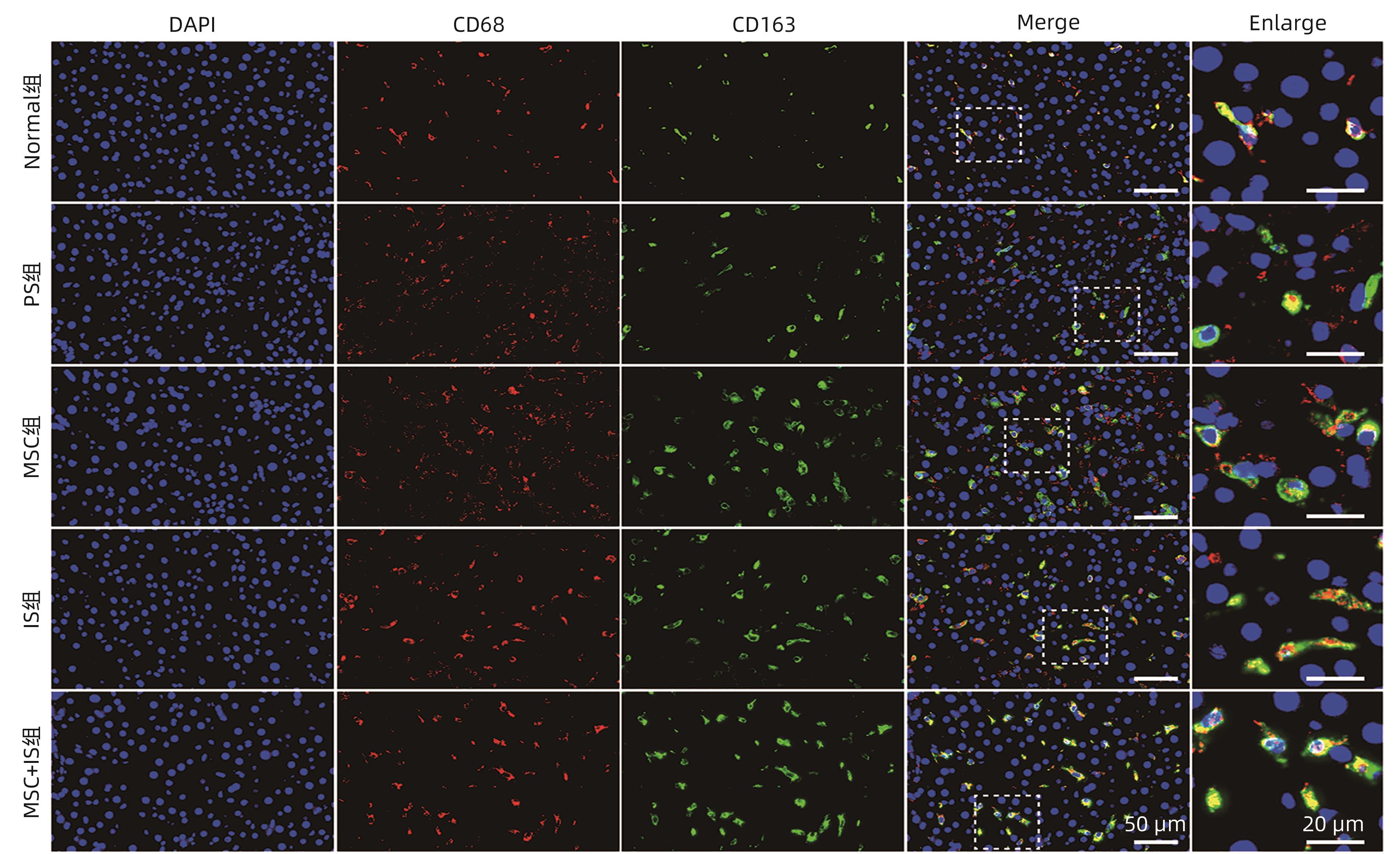| [1] |
|
| [2] |
HONG SK, HAN D, LEE SK, et al. Short-term therapy with anti-ICAM-1 monoclonal antibody induced long-term liver allograft survival in nonhuman Primates[J]. Am J Transplant, 2021, 21( 9): 2978- 2991. DOI: 10.1111/ajt.16486. |
| [3] |
Branch of Organ Tansplantation of Chinese Medical Association. Diagnosis and treatment specification for immunosuppressive therapy and rejection of liver transplantation in China(2019 edition)[J]. Organ Transplant, 2021, 12( 1): 8- 14, 28. DOI: 10.3969/j.issn.1674-7445.2021.01.002. |
| [4] |
TAN PS, MUTHIAH MD, KOH T, et al. Asian liver transplant network clinical guidelines on immunosuppression in liver transplantation[J]. Transplantation, 2019, 103( 3): 470- 480. DOI: 10.1097/TP.0000000000002532. |
| [5] |
DI MAIRA T, LITTLE EC, BERENGUER M. Immunosuppression in liver transplant[J]. Best Pract Res Clin Gastroenterol, 2020, 46-47: 101681. DOI: 10.1016/j.bpg.2020.101681. |
| [6] |
ZHAO L, CHEN SQ, SHI XW, et al. A pooled analysis of mesenchymal stem cell-based therapy for liver disease[J]. Stem Cell Res Ther, 2018, 9( 1): 72. DOI: 10.1186/s13287-018-0816-2. |
| [7] |
DOMINICI M, LE BLANC K, MUELLER I, et al. Minimal criteria for defining multipotent mesenchymal stromal cells. The International Society for Cellular Therapy position statement[J]. Cytotherapy, 2006, 8( 4): 315- 317. DOI: 10.1080/14653240600855905. |
| [8] |
LU XF, GUO HJ, WEI XY, et al. Current status and prospect of delivery vehicle based on mesenchymal stem cell-derived exosomes in liver diseases[J]. Int J Nanomedicine, 2023, 18: 2873- 2890. DOI: 10.2147/IJN.S404925. |
| [9] |
LI HT, YU SH, CHEN LH, et al. Immunomodulatory role of mesenchymal stem cells in liver transplantation: Status and prospects[J]. Dig Dis Basel Switz, 2024, 42( 1): 41- 52. DOI: 10.1159/000534003. |
| [10] |
|
| [11] |
CEN YL, LOU GH, QI JJ, et al. Adipose-derived mesenchymal stem cells inhibit JNK-mediated mitochondrial retrograde pathway to alleviate acetaminophen-induced liver injury[J]. Antioxidants, 2023, 12( 1): 158. DOI: 10.3390/antiox12010158. |
| [12] |
ZHOU Q, RONG C, GU TF, et al. Mesenchymal stem cells improve liver fibrosis and protect hepatocytes by promoting microRNA-148a-5p-mediated inhibition of Notch signaling pathway[J]. Stem Cell Res Ther, 2022, 13( 1): 354. DOI: 10.1186/s13287-022-03030-8. |
| [13] |
TIAN SY, ZHOU X, ZHANG M, et al. Mesenchymal stem cell-derived exosomes protect against liver fibrosis via delivering miR-148a to target KLF6/STAT3 pathway in macrophages[J]. Stem Cell Res Ther, 2022, 13( 1): 330. DOI: 10.1186/s13287-022-03010-y. |
| [14] |
MONTANO-LOZA AJ, RODRÍGUEZ-PERÁLVAREZ ML, PAGEAUX GP, et al. Liver transplantation immunology: Immunosuppression, rejection, and immunomodulation[J]. J Hepatol, 2023, 78( 6): 1199- 1215. DOI: 10.1016/j.jhep.2023.01.030. |
| [15] |
D'ELIA JA, WEINRAUCH LA. Hyperglycemia and hyperlipidemia with kidney or liver transplantation: A review[J]. Biology, 2023, 12( 9): 1185. DOI: 10.3390/biology12091185. |
| [16] |
NORÉN Å, OLTEAN M, FRIMAN S, et al. Liver graft proteomics reveals potential incipient mechanisms behind early renal dysfunction after liver transplantation[J]. Int J Mol Sci, 2022, 23( 19): 11929. DOI: 10.3390/ijms231911929. |



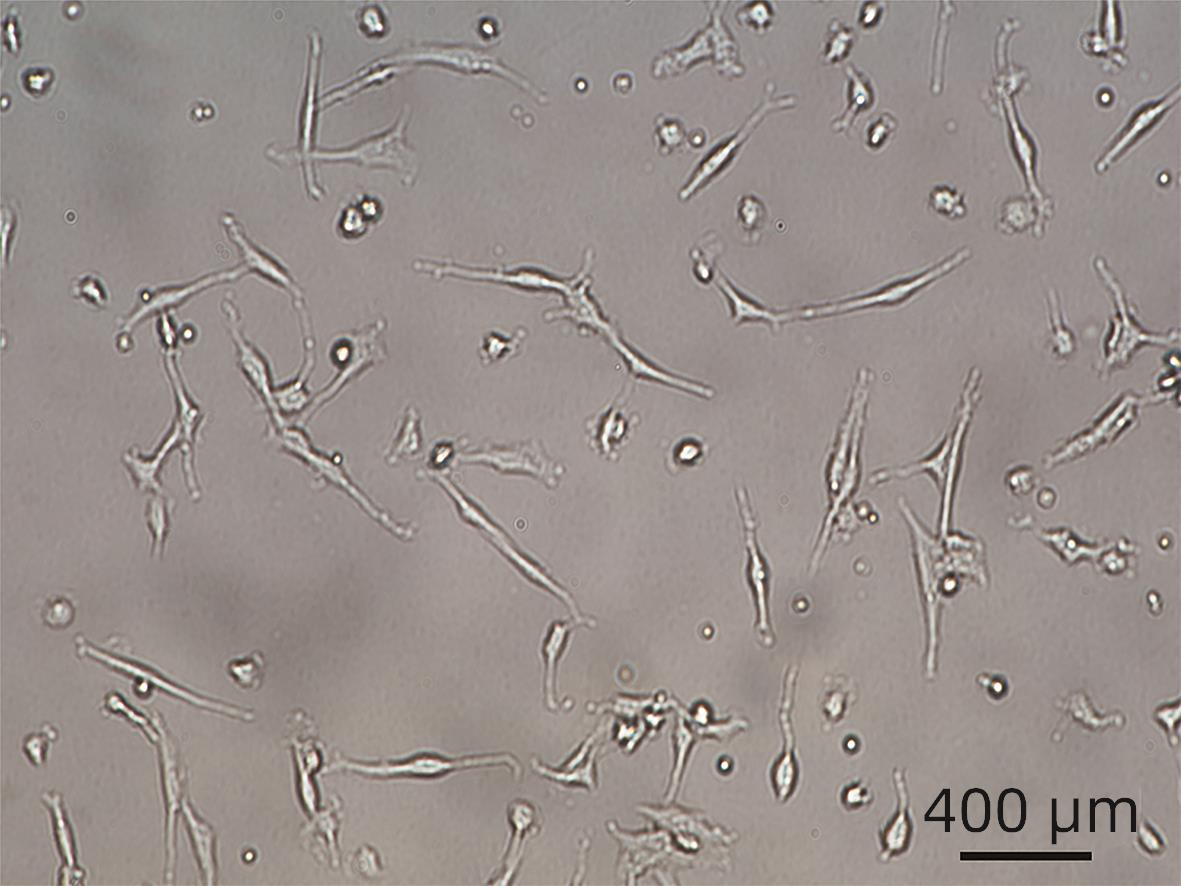




 DownLoad:
DownLoad:
